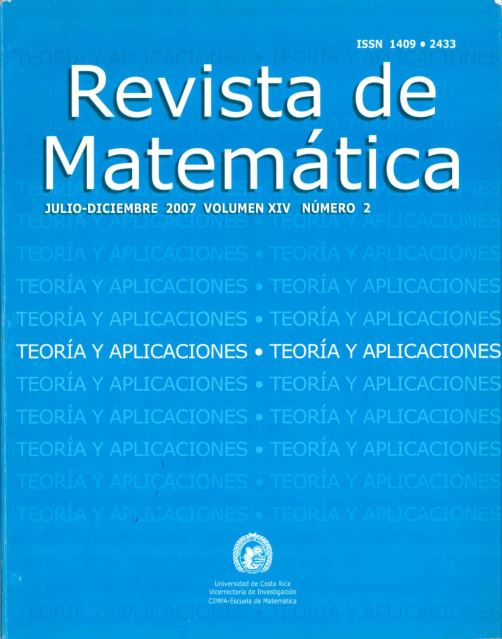Resumen
El factor de crecimiento epidérmico (FCE), estudiado a partir de 1986, está presente en algunas células de la piel y resulta un potente estimulador de la cicatrización. Es obtenido Industrialmente en Cuba por el Centro de Ingeniería Genética y Biotecnología. El enfoque farmacocinético de la administración del FCE se caracteriza por una función de entrada con rápida fase de distribución desde la sangre a los órganos diana cuando se administra por vía endovenosa, alcanzándose en dichos órganos una concentración máxima que determina la biodisponibilidad de la sustancia utilizada. Estos procesos pueden representarse matemáticamente mediante la función de entrada, y una función de peso de la dosis administrada que se expresa como suma de exponenciales. Un comportamiento acumulativo en términos de la integral de convolución de dichas funciones, puede caracterizar la respuesta de los procesos de absorción in vivo. Con vista a posibles cambios en la conducta absortiva del compuesto utilizado, puede lograrse una modificación de la dosis del medicamento mediante la deconvolución numérica de la respuesta y la función de peso. En este trabajo se presenta el uso del método de de convolución para la investigación mediante simulación de patrones cinéticos del FCE administrado por vía de absorción cutánea, lo cual permite la predicción y valoración de una forma farmacéutica diseñada.
Citas
Céspedes, M.A. (1989) Transformada de Laplace con Aplicaciones. Pueblo y Educación, La Habana.
Conte, S.D.; De Boor, C. (1983) Elementary Numerical Analysis and Algorithmic Approach. McGraw-Hill-Kogakusha, New York.
Churchill, R. (1958) Operational Mathematic. McGraw-Hill, New York.
Ducongé, J.; Prats, P.A.; Valenzuela, C.; Aguilera, A.; Rojas, I.; Bécquer, M.A.; Alvárez, D.; Estrada, I.; Alfonso Ortiz, S.; Hardy Rando, E.; García Pulpeiro, O.; Fernández Sánchez, E. (2004) “Topical disposition of two strenghts of a 125I-rhEGF jelly in rat skin wounds”, Biopharmaceutics and Drug Disposition 25: 193–201.
Fernández Sánchez, E. (2002) Biofarmacia. Félix Varela, La Habana.
Prats, P.A.; Ducongé, J.; Valenzuela, C.; Berlanga, J.; Edrosa, C.R.; Fernández Sánchez, E. (2002) “Disposition and receptor-site binding of 125I-EGF after topical administration to skin wounds”, Biopharmaceutics and Drug Disposition 23: 67–76.
Veng Pedersen, P. (1980) “Model-independent method of analyzing input in linear pharmacokinetic systems having polyexponential impulse response I: theoretical analysis”, Journal of Pharmaceutical Sciences 69(3): 298–305.
Veng Pedersen, P. (1980) “Model-independent method of analyzing input in linear pharmacokinetic systems having polyexponential impulse response II: numerical evaluation”, Journal of Pharmaceutical Sciences 69(3): 305–312.
Veng Pedersen, P. (1980) “Novel deconvolution method for linear pharmacokinetic systems with polyexponential impulse response”, Journal of Pharmaceutical Sciences 69(3): 312–317.





